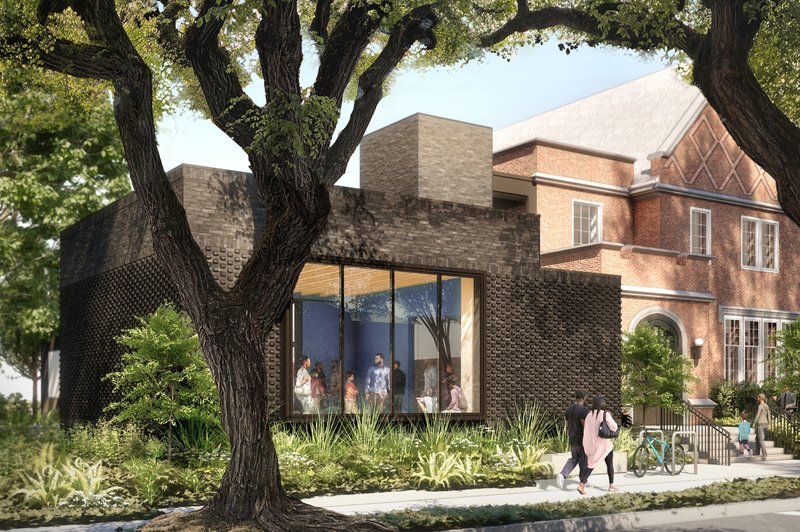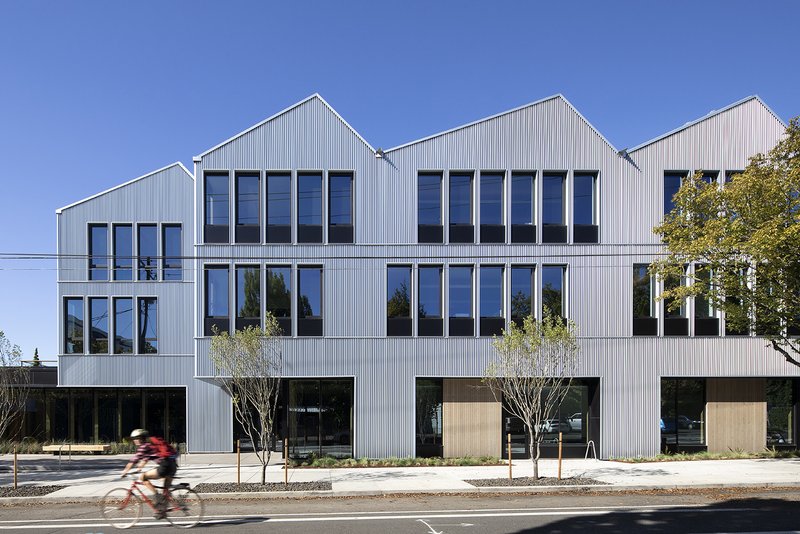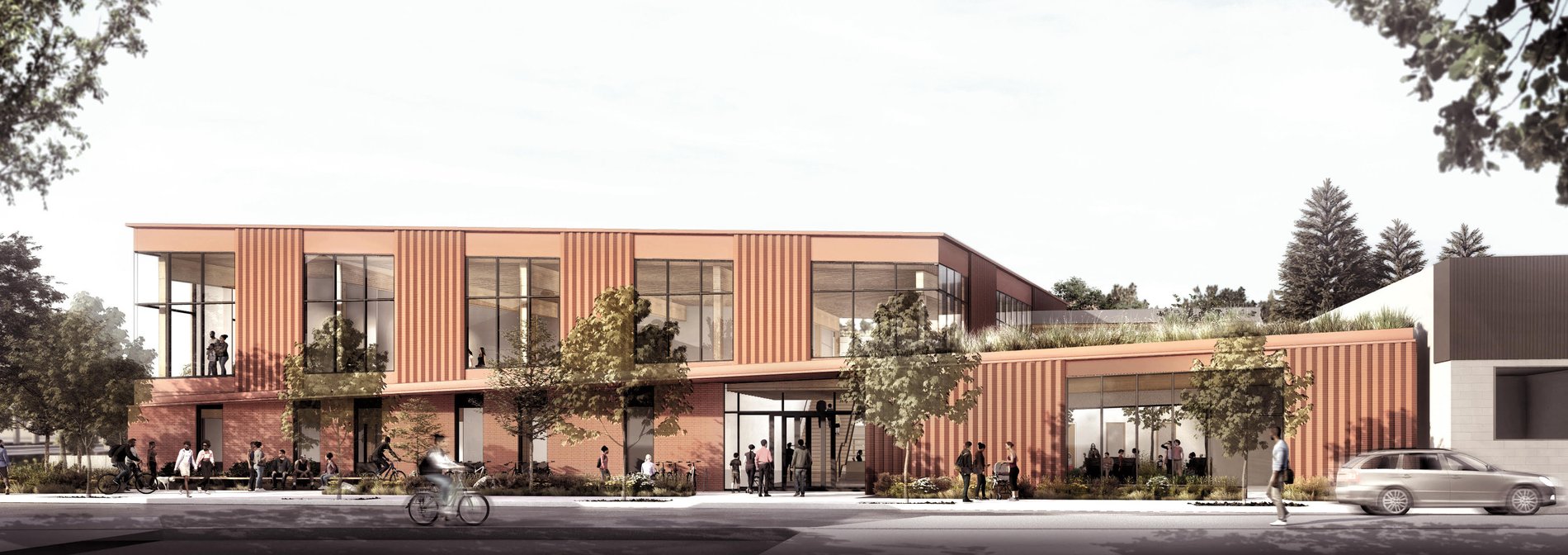
Albina Library
The Albina Library has returned to its historic home in Northeast Portland and is expanding to better serve its communities. LEVER’s design attentively restores the Carnegie-era library, focusing on historic preservation and integration of seismic upgrades. A major addition totaling 30,000 sf will double the facility's size, enhancing its function as a central community space equipped with a broad array of resources. This addition, designed to complement the architectural integrity of the Carnegie building, increases the total area to 41,000 sf, making Albina Library one of the largest in the system and further establishing its importance as a cultural landmark.
LEVER, together with Multnomah County Library and Noll & Tam Architects, lead a responsive design process guided by community input. LEVER initiated a comprehensive plan, incorporating 75+ meetings including large public events, focus groups, interviews with community leaders, and a youth design cohort. This strategy developed design principles centered on accessibility, sustainability, and representation, ensuring the project's alignment with the community's vision. By prioritizing a community-driven approach, the designers facilitated the integration of art and technology to support cultural diversity and social interaction, with an emphasis on Black excellence. The outcome is a library design that meets the community's immediate needs and anticipates future requirements, promoting sustainability and reinforcing a strong connection to local environmental and community values.
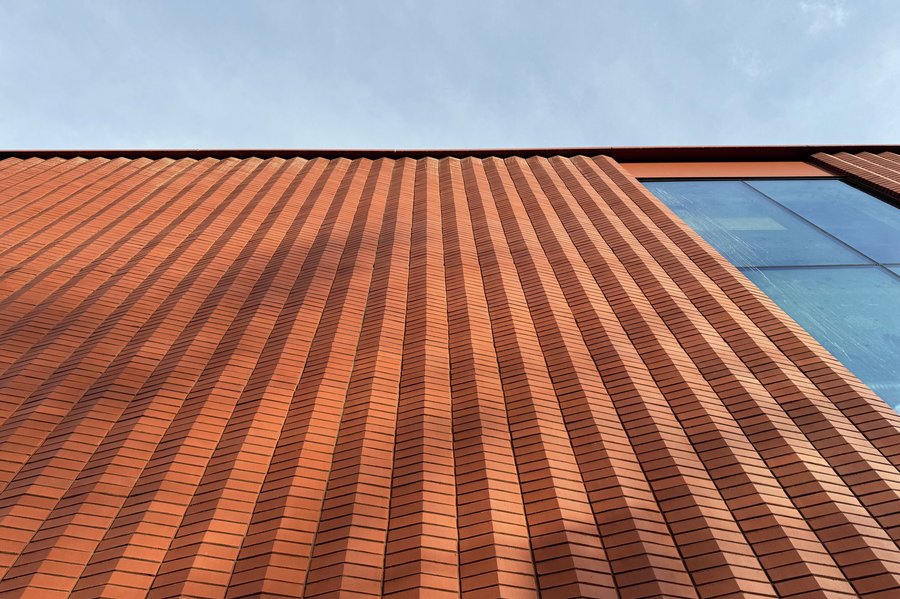

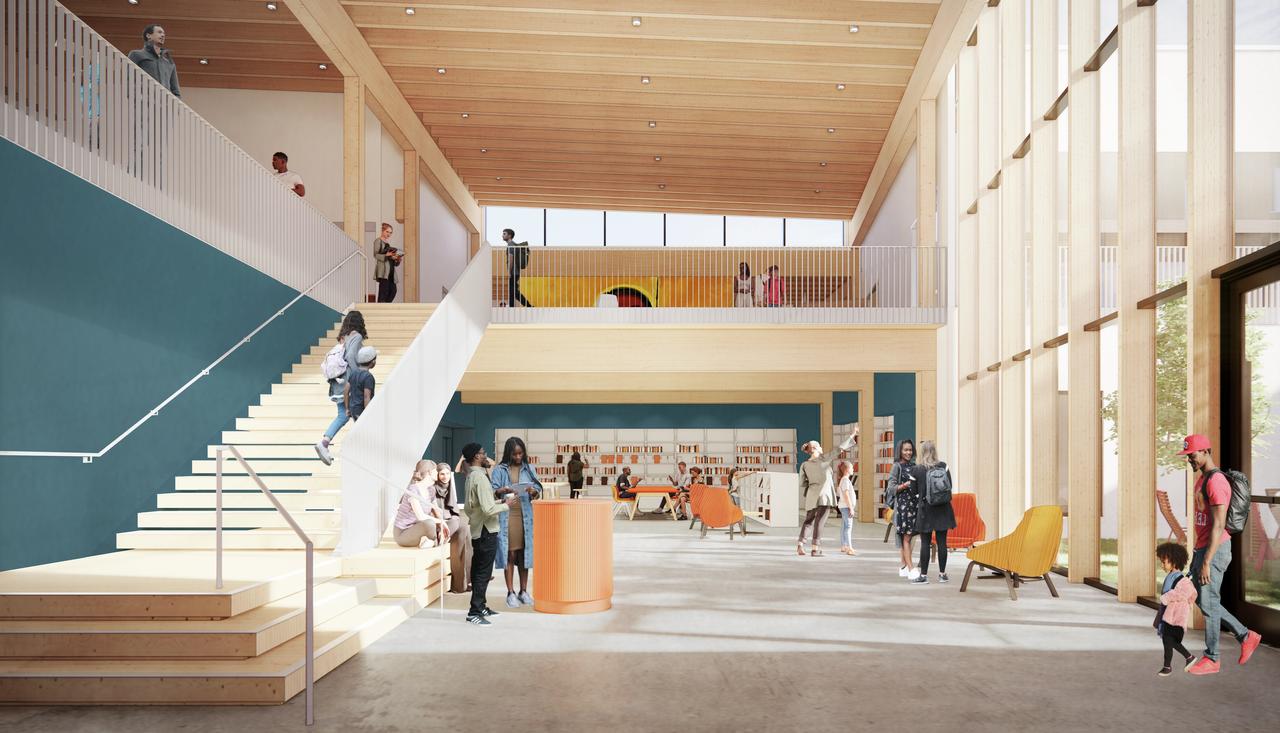
The double-height entry lobby welcomes the public with a warm timber structure and views to a courtyard landscape.
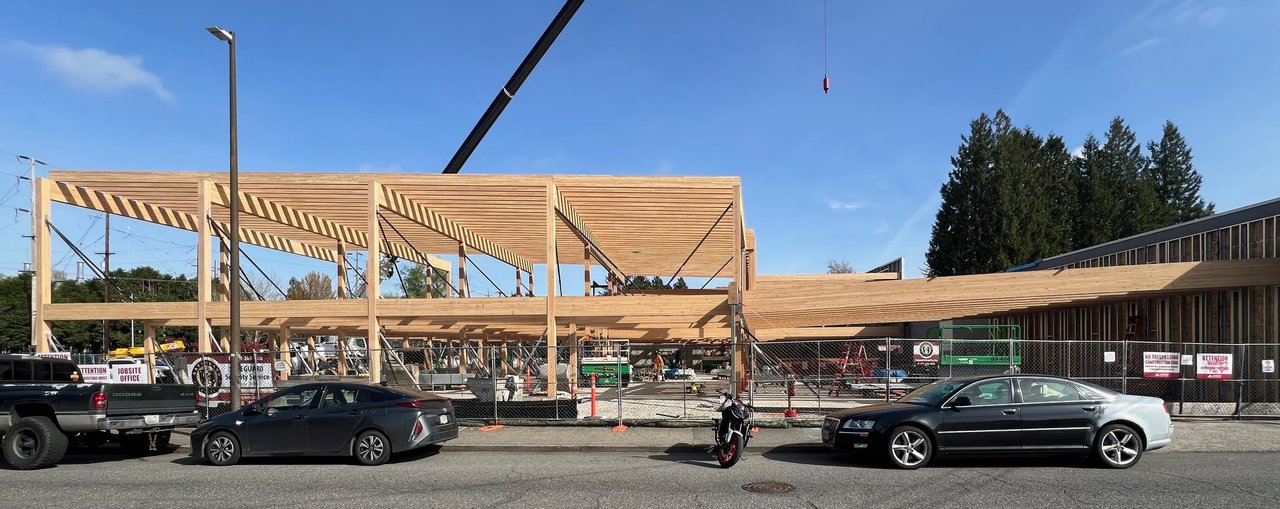
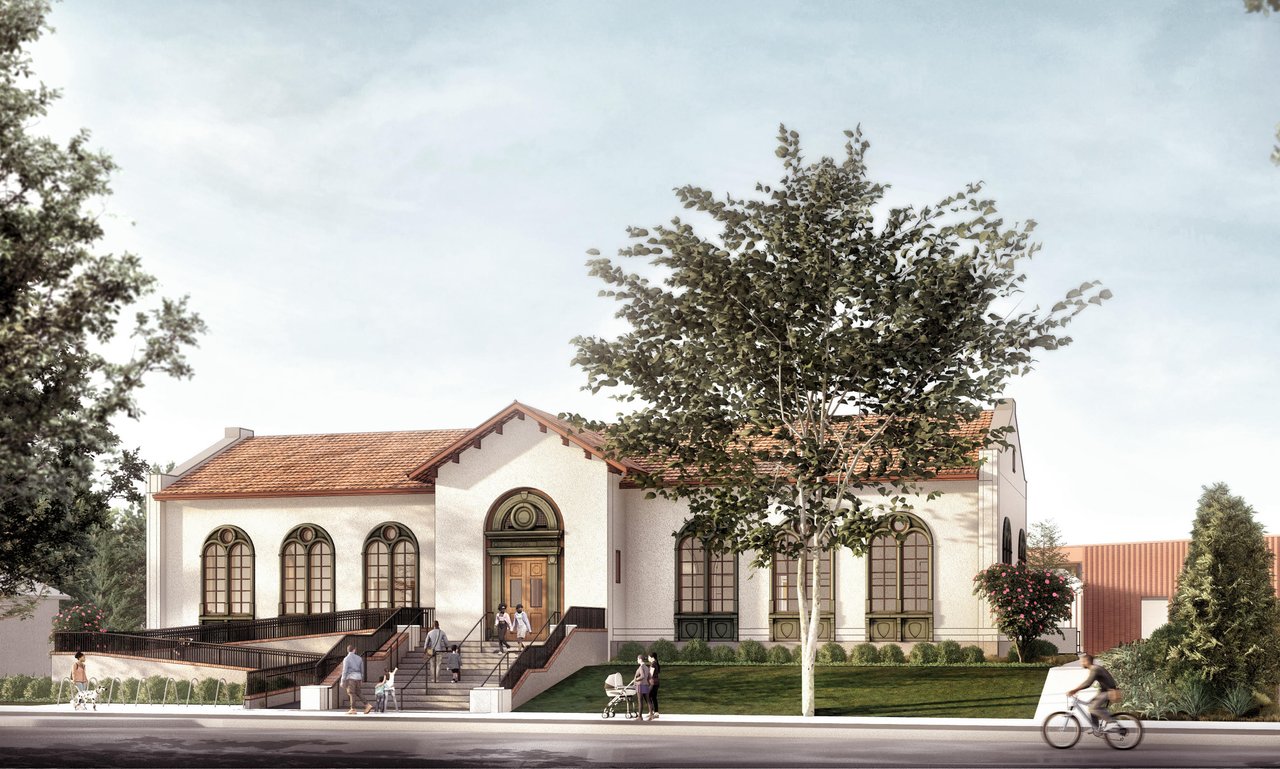
The historic Carnegie building will be home to the children's area of the library, with a dedicated entrance on Knott Street.
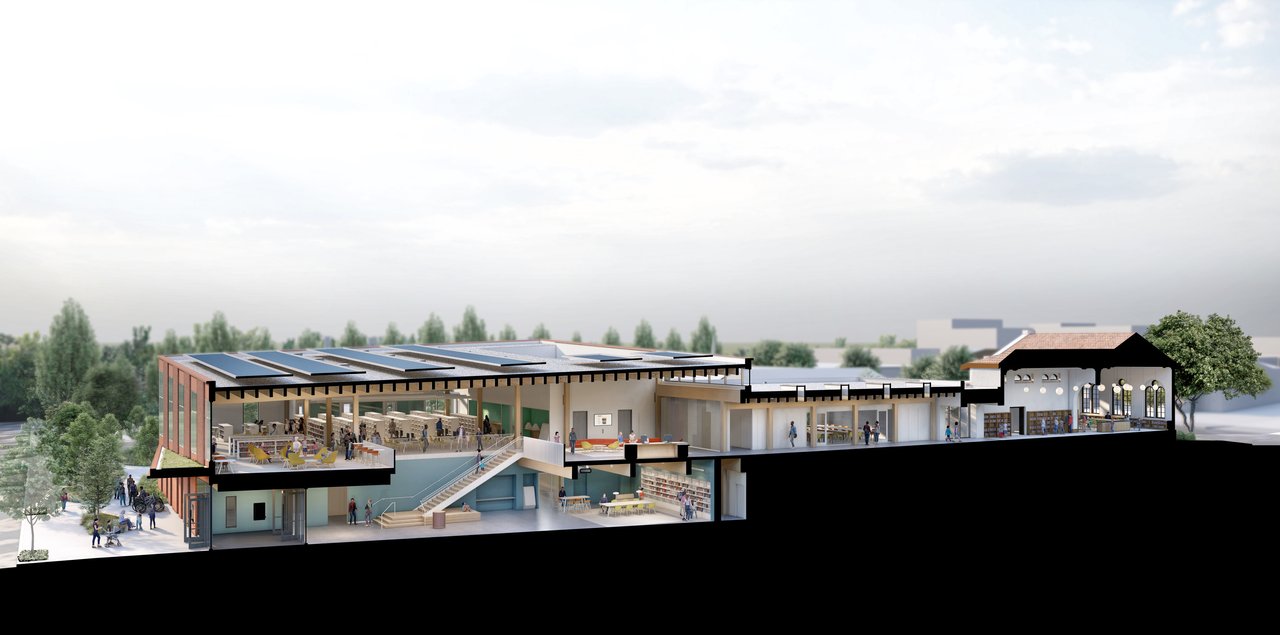

An early library design pop-up event at the King Farmer's Market, one of 75+ community meetings and events facilitated by the LEVER team.

As part of the public engagement and outreach, a youth design cohort of local students joined the client and the design team for facility tours, meetings, and design conversations throughout the design process.



